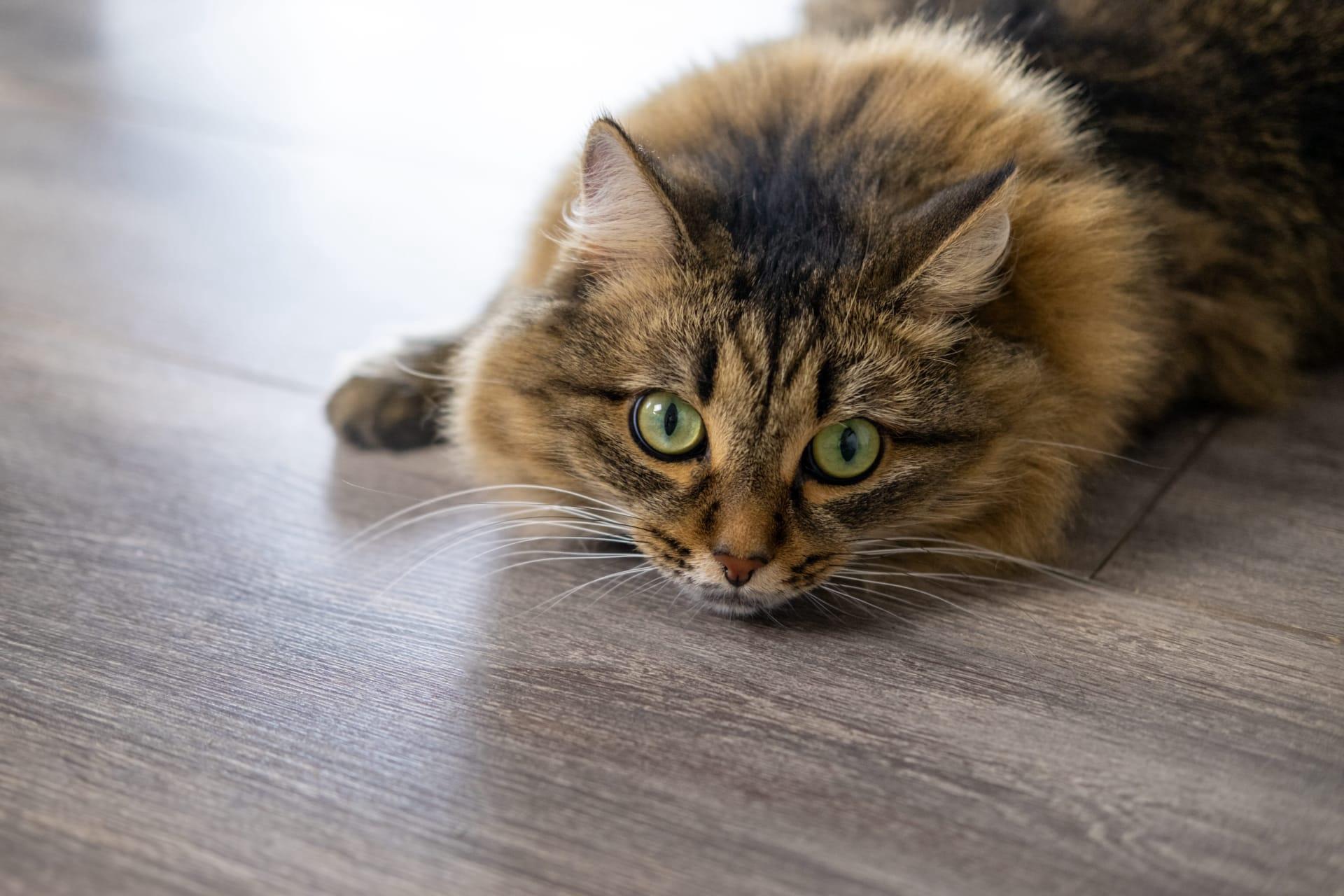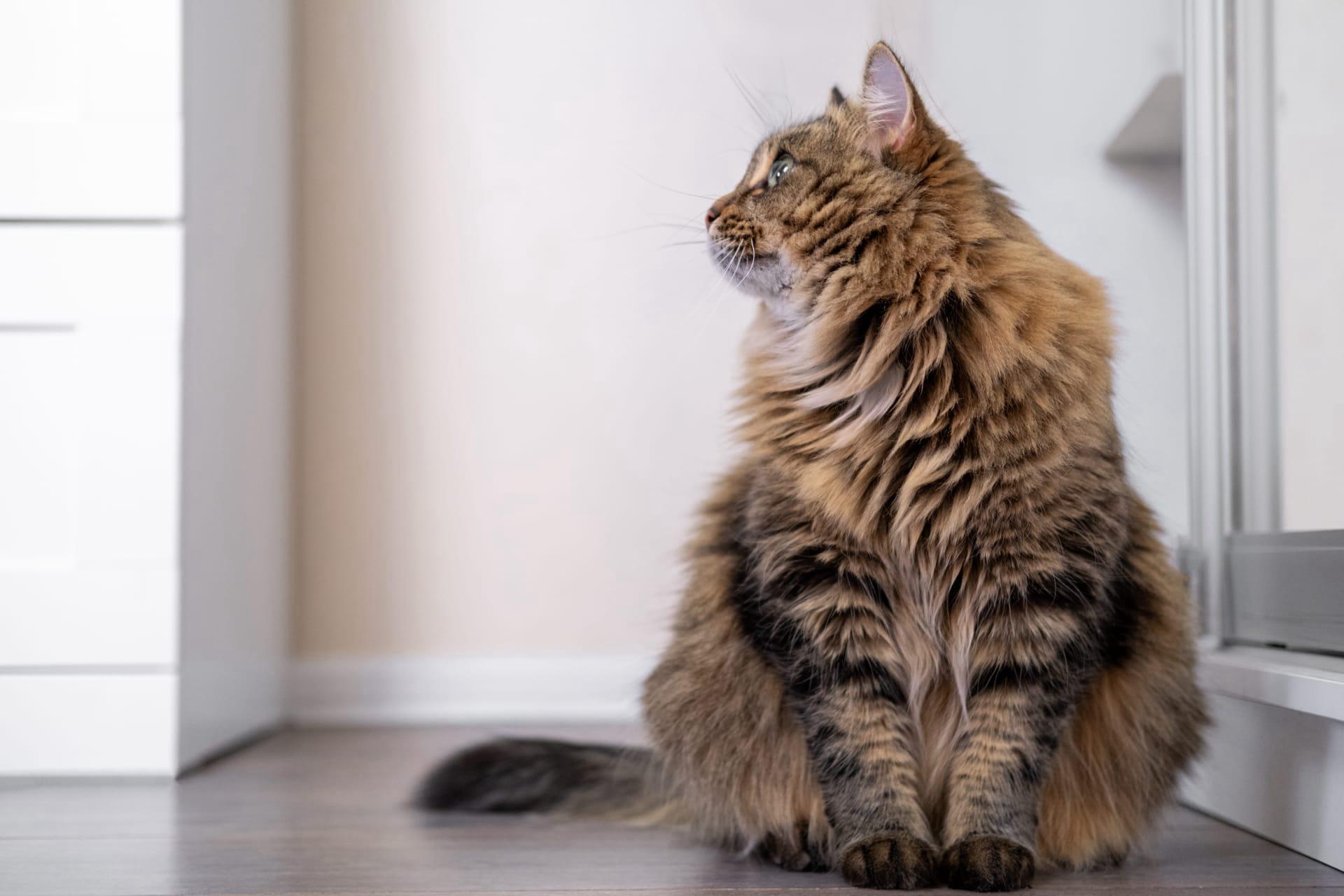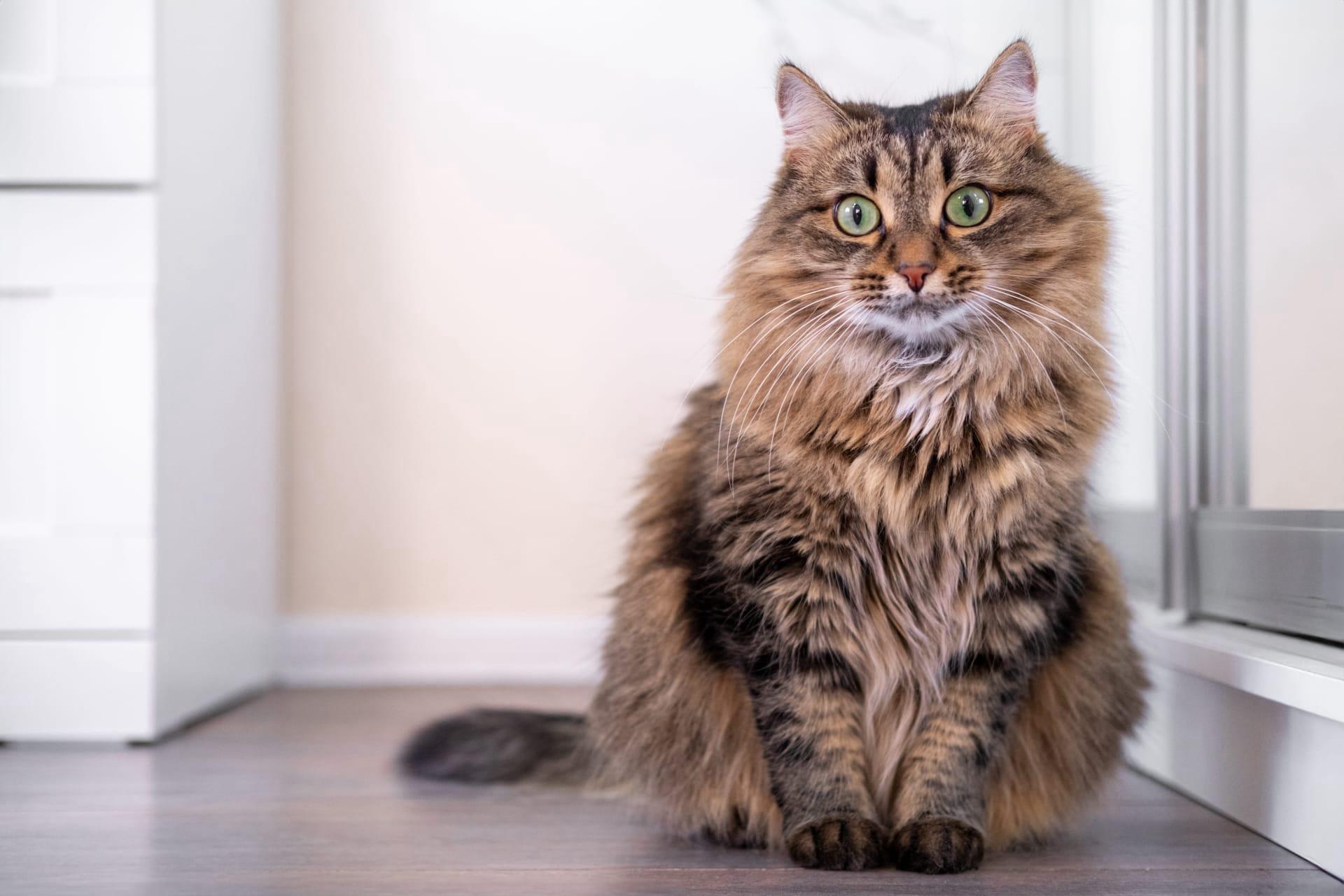Siberian Cat Trivia
- Home /
- Trivia Question /
- Animal /
- Siberian Cat Trivia
1
Question: What is the average lifespan of a Siberian cat, and what factors can influence their health?
Answer: Siberian cats are known for their robust health and longevity, often living 12 to 15 years, with some reaching up to 20 years. Factors influencing their health include genetics, diet, exercise, and regular veterinary care. A balanced diet rich in nutrients, ample playtime, and preventive healthcare can significantly extend their life.
Question: How much does a Siberian cat typically weigh, and what is unique about their coat?
Answer: Adult Siberian cats typically weigh between 8 to 17 pounds (3.6 to 7.7 kilograms), with males usually being larger than females. Their coat is unique for its three layers - a dense undercoat, a middle layer called the awn hair, and long guard hairs. This triple-layer coat is water-resistant and designed to withstand the harsh Siberian climate, providing excellent insulation against cold weather.

2
Question: Is it true that Siberian cats are hypoallergenic, and what does that mean for people with allergies?
Answer: While no cat is completely hypoallergenic, Siberian cats are often touted as less likely to trigger allergies. This is because they produce lower levels of Fel d 1, the primary allergen present in cat saliva and skin. People with mild to moderate cat allergies might find they react less to Siberians, but this can vary widely between individuals.
Question: Do Siberian cats require outdoor access to be happy?
Answer: It's a common misconception that Siberian cats require outdoor access to be content. Although they are highly active and adventurous, Siberian cats can thrive indoors as long as they have enough space to explore and play. Providing interactive toys, cat trees, and regular playtime can keep them physically and mentally stimulated without the risks associated with outdoor life.

3
Question: How does the Siberian cat's personality compare with other cat breeds?
Answer: Siberian cats are renowned for their friendly, playful, and affectionate nature. They are more sociable than some other breeds and often form strong bonds with their human families. Unlike some more independent breeds, Siberians are known for their dog-like tendencies, such as following their owners from room to room and showing loyalty and affection.
Question: Can Siberian cats be trained to perform tricks or walk on a leash?
Answer: Yes, Siberian cats are highly intelligent and trainable, capable of learning a variety of tricks and commands. They can be taught to fetch, give high fives, and even walk on a leash with patience and positive reinforcement. Starting training at a young age and using treats as motivation can yield excellent results.

4
Question: What are the common health issues in Siberian cats, and how can they be prevented?
Answer: Siberian cats are generally healthy, but like all breeds, they can be prone to certain health conditions such as heart disease (hypertrophic cardiomyopathy), kidney issues, and obesity. Regular veterinary check-ups, a balanced diet, and keeping them active can help prevent these issues. Genetic testing of breeding cats can also reduce the risk of hereditary diseases.
Question: How does the Siberian cat's winter coat change with the seasons?
Answer: The Siberian cat's coat undergoes significant changes with the seasons. In winter, they develop a thick, luxurious coat to protect against the cold, which they shed as the weather warms up in spring. This seasonal shedding helps them regulate their body temperature effectively, resulting in a lighter coat during the summer months.

5
Question: What is the origin of the Siberian cat, and how did it arrive in other countries?
Answer: The Siberian cat, Russia's native forest cat, has been present in Siberia for centuries, where it was revered for its hunting prowess. It made its way to other countries primarily through trade and exploration. The breed was not officially introduced to the United States until the 1990s, when it quickly gained popularity for its distinctive appearance and charming personality.
Question: What colors and patterns are common in Siberian cats?
Answer: Siberian cats come in a wide range of colors and patterns, including solid, tabby, and colorpoint. The most common patterns are classic, mackerel, and spotted tabby, available in colors such as black, white, red, blue, and cream. Their eye color can be equally varied, with hues ranging from gold and green to blue, often depending on the coat pattern and color.